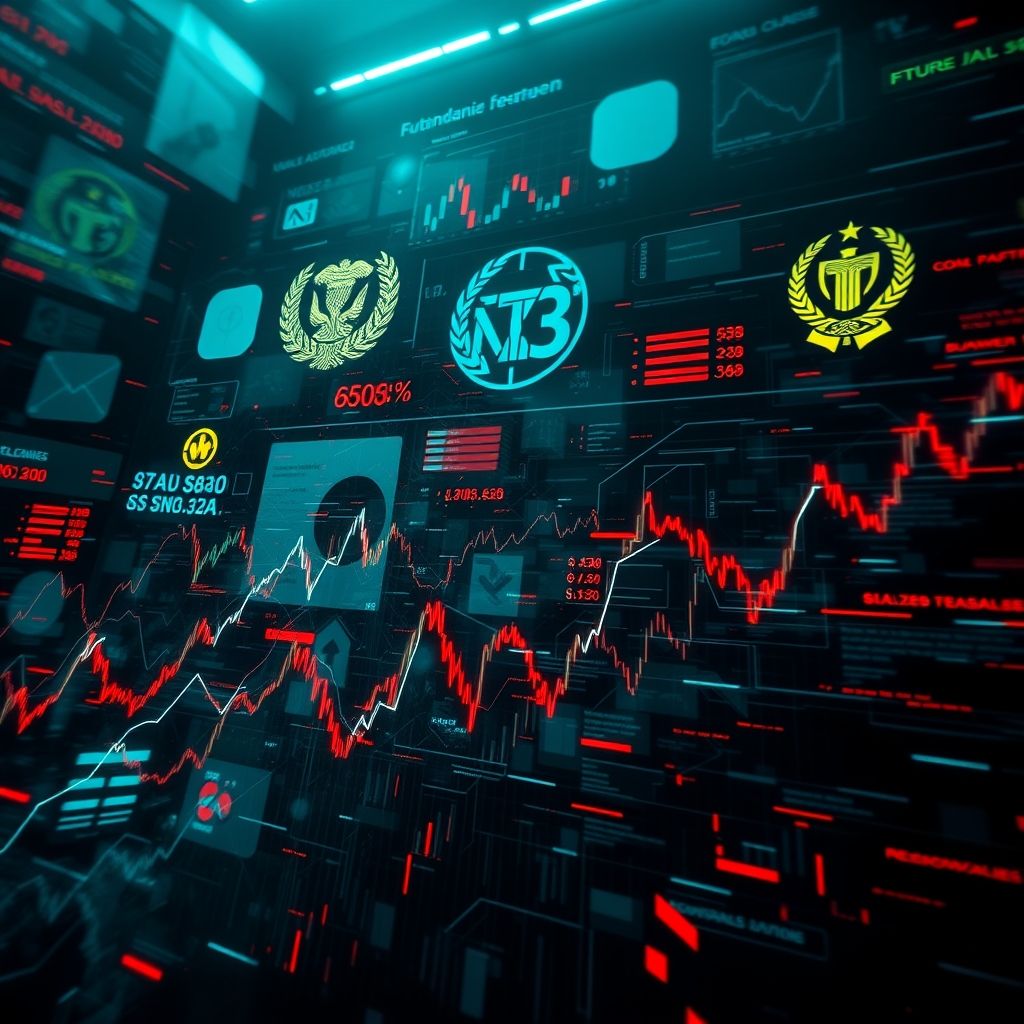How does economic policy uncertainty drive futures market volatility?
How Does Economic Policy Uncertainty Drive Futures Market Volatility?
Imagine waking up to news about major policy shifts—tax reforms, central bank rate decisions, geopolitical unrest—your instinct might be to check the markets immediately. That’s the ripple effect of economic policy uncertainty (EPU) in action, stirring up chaos and opportunity alike. Understanding how policy unpredictability influences futures markets isn’t just for analysts; it’s vital for traders looking to navigate this ever-shifting landscape.

When Clarity Turns Cloudy: The Power of Expectations
EPU essentially twists and turns with what traders and investors anticipate happening next. It’s that fog of uncertainty that makes markets jittery. When policy decisions seem unpredictable, traders often suspend judgment, holding back on big moves. Futures markets, which are all about future expectations—whether about commodities, indices, or cryptocurrencies—become especially volatile. Think about how oil prices swung last year when OPEC’s production talks hit a wall. Traders suddenly priced in different outcomes, and the market reacted with wild swings.
The Role of Risk Appetite and Hedging Strategies
During times of heightened policy uncertainty, traders often shift from risky assets to safer bets—think gold or the dollar. Meanwhile, options and other derivatives become handy tools for hedging potential losses. For instance, savvy futures traders might increase their positions in options to guard against unexpected policy surprises. In volatile periods, leverage can amplify gains but also magnify losses—so caution is always advised. When policies are in flux, the need for a disciplined risk management approach becomes obvious.
The Web3 and Decentralized Finance (DeFi) Angle
Now, flip the scene to the future of finance—blockchain tech, DeFi, and AI-driven trading. Many see these innovations as buffers—tools to sidestep traditional policy impacts. But they’re not immune. In fact, uncertainty can accelerate DeFi adoption, pushing more traders toward decentralized exchanges and smart contract-based investments. Yet, challenges like security vulnerabilities and regulatory ambiguities remain. Still, the prospects of transparent, automated contracts that adapt swiftly to market changes hold promise.
Trends to Watch: AI, Smart Contracts, and the Next Wave
The future likely belongs to AI-powered trading algorithms, capable of digesting news feeds, macroeconomic data, and even social media chatter in real time. These systems could help traders spot emerging volatility patterns before they explode. Think about how smart contracts could automatically adjust collateral margins in response to policy shifts, reducing human error and delays.
What Should Traders Keep in Mind?
- Diversify assets: spread across forex, stocks, crypto, commodities—every corner of the market offers opportunities and risks.
- Leverage wisely: in uncertain times, smaller positions and tighter stops are safer.
- Use advanced tools: real-time analysis, charting, and AI insights aren’t just bells and whistles—they’re game changers.
- Stay alert to regulation: DeFi and blockchain innovations face hurdles—regulatory clarity can rapidly shift the landscape.
The Bottom Line: A Future Where Uncertainty Meets Innovation
“Navigate the storm, harness the forecast”—that’s what futures trading is all about. Policy uncertainty may stir volatility, but it also creates chances for those who are prepared. Technologies like decentralized finance and AI aren’t just buzzwords—they’re reshaping how we manage risk and seize opportunities.
No matter how turbulent the political or economic tide, the smartest traders will adapt, innovate, and thrive. By understanding the impact of policy shifts and leveraging the latest tools, you can turn uncertainty into your competitive edge.
Ready to ride the waves of change? The future of futures trading is here—are you in?